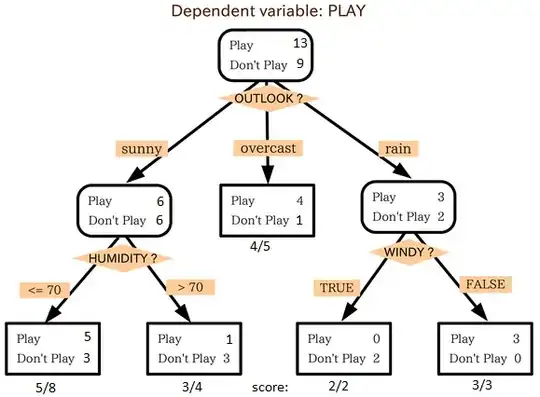Let's assume that we are investigating how tobacco smoking is associated with incident lung cancer in a population. In the full population, the true relative risk of lung cancer associated with tobacco smoking is 2.
Next, we collect 100 random samples from the population. For each sample, we calculate 95% confidence intervals for the relative risk of lung cancer associated with tobacco smoking.
What can we expect from the distribution of confidence intervals here:
A. 95/100 confidence intervals will include the true value RR=2
5/100 confidence intervals will not include the true value RR=2
A2. As "A". Additionally, confidence intervals can freely include RR=1
B. 95/100 confidence intervals will not include RR=1
5/100 confidence intervals will include RR=1
I also provided a simplified picture that presents 20 (100 would be too much) confidence intervals as vertical bars.
Edit: This post seemed to reach the consensus that "A" was true, but calculated means was used as an example instead of relative risk measures.
